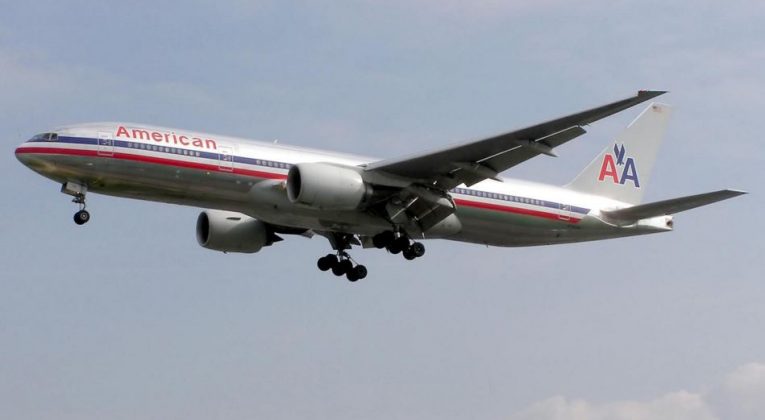American Airlines had good news for investors last week, announcing that RASM could turn positive as early as this quarter. For those who are new to industry jargon, “RASM” stands for “revenue per available seat mile.” It combines load factors and pricing, measuring how much revenue an airline generates for flying one seat one mile. It doesn’t matter whether that seat is actually occupied. The last time American had positive RASM was in 2014. Despite low oil prices (or because of them), it’s been a rough few years for ticket prices.
Flat RASM Is The New Up

At the beginning of the quarter, American Airlines had estimated total RASM to range from -2.5% to -0.5%. Last week, however, American raised those numbers due to better than expected sales. Now, the fourth quarter’s RASM could come in anywhere between -1% and +1%. It’s been a long time since we’ve seen a plus sign.
Is All Well for American?
Investors sent the stock up 4% on the news, but there’s certainly nothing to guarantee that pricing will remain (or even turn) positive.* Let’s look at a couple of the positive and negative factors:
- Positive: The holiday shift actually worked against American in October and December. The Jewish holidays shifted into October this year, dampening traffic for the month. Likewise, the last day of the traditional Christmas vacation period falls on Sunday, January 1, shifting leisure traffic from the end of December into the beginning of January. That shift should be a benefit for next quarter.
- Positive: Oil prices are up significantly, having risen from the mid-30s (per barrel) to about $53 per barrel today. When oil prices rise, airlines raise prices to offset the cost. More important, though, is the effect on the discount airlines. Since fuel represents a bigger portion of their total costs than it does for the legacy carriers, the discounters must raise their “junk” fares. That fare hike provides cover for legacy carriers.
- Negative: The number that American gave us was total RASM, not passenger RASM. Total RASM includes fees, credit card earnings, etc. If we were to look strictly at the passenger portion of the number, it might tell a different story.
- Negative: It’s still the airline industry, which has traditionally been unable to sustain profitability. As profits go up, labor demands will, as well. Capacity will also creep into the system. The discounters have targeted the Transatlantic region for new flights, while the US carriers may round capacity up, rather than down, as profits rise.
*No change to the standard policy: This post does not represent an offer to buy or sell stocks, nor should it be taken as advice. It’s for informational purposes only.



